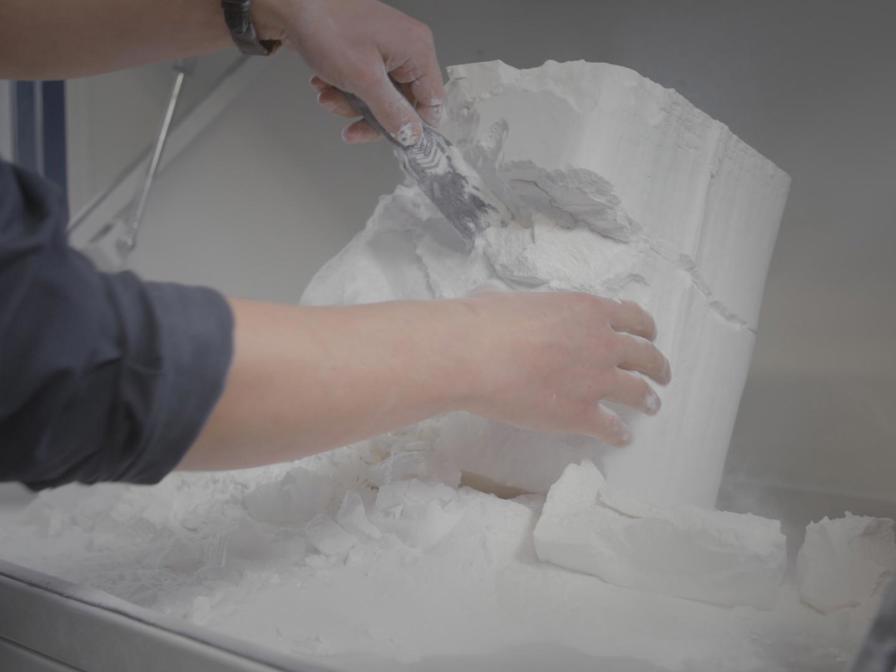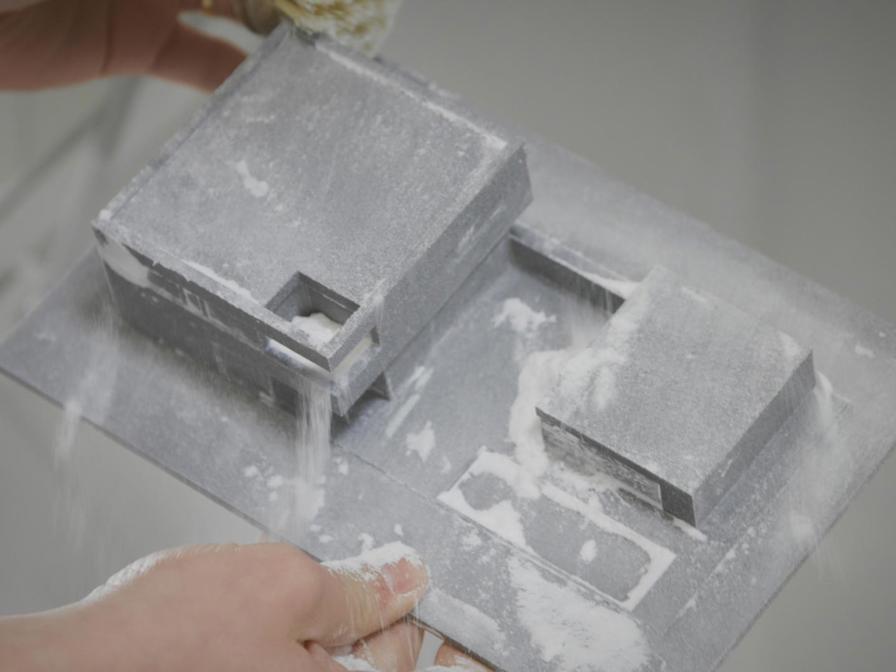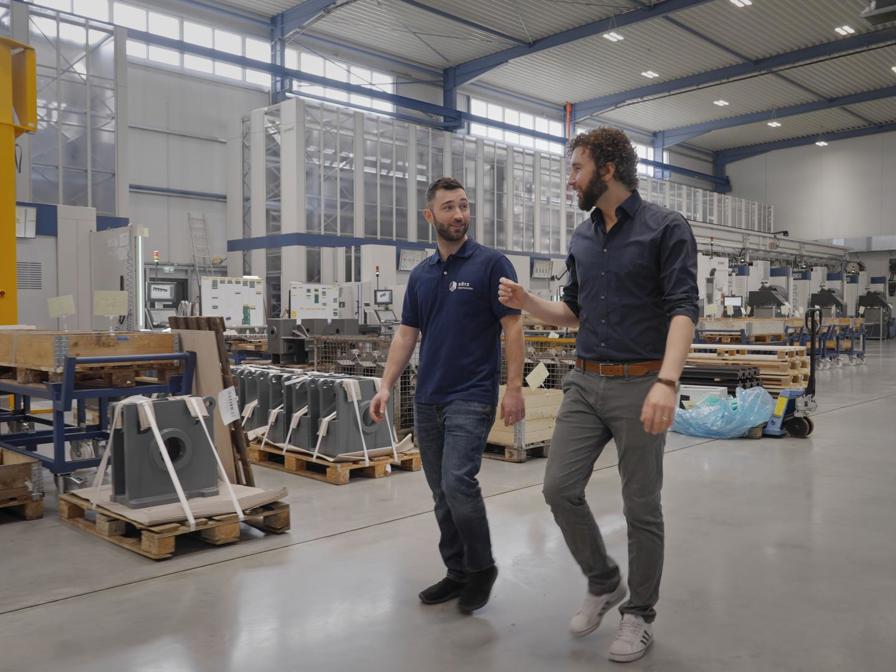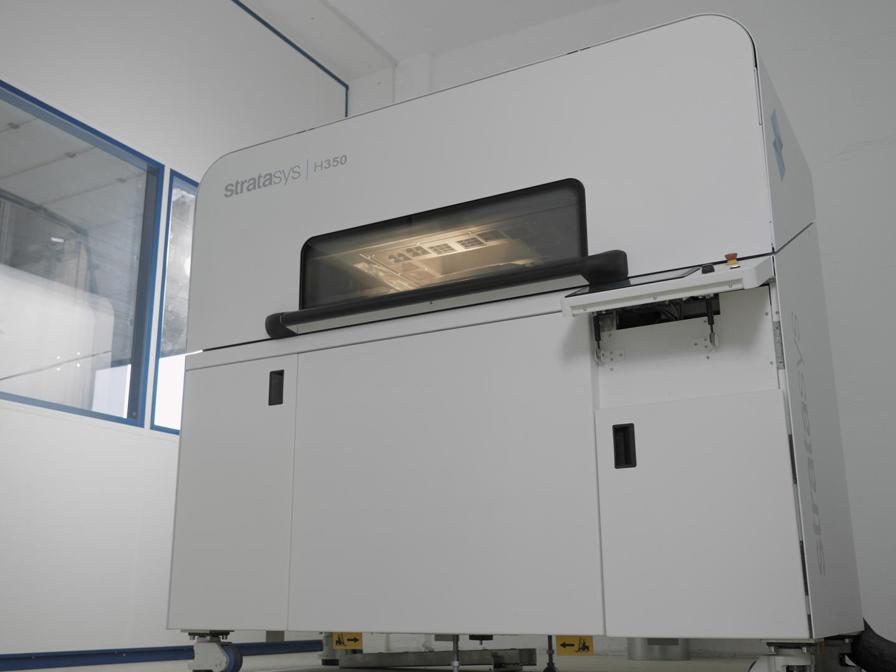However, when it comes to producing volumes of up to several thousand parts, Goetz has been reliant upon traditional manufacturing methods like injection molding. While part quality is great, this has come at a cost to the business with mold production extremely costly and time-intensive.
“When it comes to the manufacture of molds, the process can easily cost between 5,000-10,000 euros for each one, with lengthy lead times of 4-12 weeks. To make the investment financially viable, we need to produce a large batch of at least 50,000 parts,” explains Goetz’s owner, Philipp Goetz.
To overcome these challenges, the company sought a technology that would enable small to medium series production at a competitive price per part – and within short turnaround times. By doing so, Goetz knew that it would be able to continue to meet existing customer requirements more efficiently, while also strengthening its ability to expand its service offering to secure new business.
According to Goetz, the company first tested several sintering technologies, however it was not convinced by the constant danger of warping and inconsistencies across production parts. As a result, the company turned to Stratasys’ new H350™ 3D printer. Part of the H Series™ Production Platform of powder bed fusion-based 3D printers, the H350 has been conceived and engineered for production-level throughput of end-use parts.
Using Selective Absorption Fusion™, SAF™, technology, the H350 provides the accuracy, repeatability and process control essential for consistent production and competitive part costs. The technology uses an infrared-sensitive HAF™ High Absorbing Fluid to fuse particles of polymer powder together in layers to build parts. Accessing Big Wave™ powder management for powder distribution and industrial-grade Piezo-electric print heads, the fluid is jetted in prescribed areas to create each layer of the part. Exposure to infrared energy then causes the areas with HAF to melt and fuse together.
According to Philipp Goetz, the company’s new firepower confronts and overcomes some of the company’s foremost manufacturing challenges. “The H350 3D printer provides us with a strong solution for volume production to manufacture cost-effectively and in short lead times,” he explains.
“We are currently manufacturing a part the size of my little finger – for small parts such as this, we are able to fit around 1000 parts onto the H350’s build tray. Importantly, this means that within 24 hours, we are able to produce the entire order, which is incredible. Over several weeks, we can scale this up to 3D printing tens of thousands of parts quite easily, which are numbers we would never be able to realize with injection molding in such a short space of time – and definitely not at that cost,” he continues.
The H350’s SAF technology also ensures high levels of accuracy and quality. The 3D printer’s counter-rotating roller coats powder layers onto the print bed and prints absorber fluid to image the part layers. A passing IR lamp fuses the imaged layers over the entire span of the print bed, providing uniform thermal conditions to ensure part consistency for all build parts on the print tray.
“Whether we print 5, 50 or 500 parts, we can assure our customers that the quality is consistent across the build tray,” says Mr. Goetz. For Mr. Goetz, the H350’s SAF technology is central to the company’s ability to maintain quality and repeatability when producing parts for customers.
“Sintering technologies have never sat comfortably with me, simply because of the risk of warping and the risk of parts not having uniform quality,” he explains. “The H350 takes that risk away, as the technology ensures repeatability of parts. We can therefore not only use it for simple production parts, but also for very complex geometries – without compromising on part quality.”
Despite only installing the H350 relatively recently, Goetz Maschinenbau has already noticed a significant impact on part and volume production. As it integrates the technology further within its operations, the company hopes to leverage new opportunities from it.
“For end use parts especially, we anticipate that the H350 will enable us to extend our service offering to address a wider range of volume production applications. This will be a huge benefit for existing customers, but moreover, will improve our ability to go after new clients in new markets,” he concludes.



